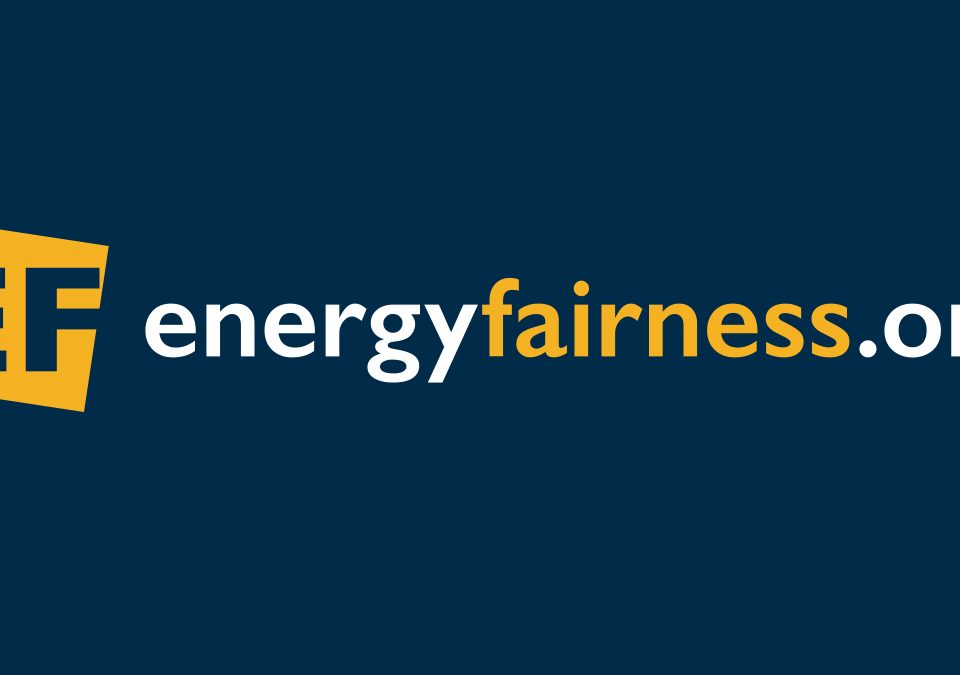Transmission Key to Smart Energy Policy
Paul Griffin Takes Reins As Executive Director
December 14, 2018When it comes to deciding which energy resources should be used to keep electricity affordable and reliable, Energy Fairness has made clear it plays no favorites. One reality that is clear? Transmission often plays an integral role in determining whether one resource is better suited to a particular time and place than another – especially when it comes to utility-scale renewable projects. While policy discussions often overlook this important reality, unfortunately reliable access to transmission is often hampered by years of permitting delay at all levels of government.
Packed in the south-central region of Colorado sits the San Luis Valley. Not only does the region have a unique cultural history – most of the current inhabitants have ancestors who were granted land grants from the Spanish to promote settlement of the northern part of their North American empire – but the Federal Government also designated it as having some of the best potential in the United States for future solar development. Recognizing this potential, Xcel Energy sought to construct a 900-megawatt utility scale solar facility in the Valley and export the power to the energy hungry communities of Denver and the rest of Colorado’s Front Range corridor.
To make this project viable, Xcel Energy, along with its partner Tri-State Generation and Transmission Association, Inc., sought to construct a 150-mile transmission line between the Valley and the Front Range. Permitting, financing and constructing a transmission line is no easy task under any circumstance and particularly when a section of the proposed line runs across billionaire hedge fund manager Louis Bacon’s 172,000 acre Trinchera ranch. Ultimately, Xcel and Tri-State abandoned the line due to the infinite amount of resources Bacon was willing to commit to stop it, an outcome that serve as a valuable anecdote to what is the biggest impediment to the development of more utility-scale renewable projects: permitting of new transmission lines.
In an article from Recharge News, Jayshree Desai, President of renewables developer ConnectGen, lamented that “You have to figure out longer-haul, bulk transmission to really change the fundamental supply-demand balance of renewables in this country.”
Desai’s sentiment has been echoed by none other than experts at the Department of Energy’s National Renewable Energy Laboratory. In a 2017 Report warning about the lack of adequate bulk transmission, for example, Dr. Jennie Jorgenson said that “we can make do with the transmission infrastructure we have for now, but the existing infrastructure was not built considering the changing energy landscape.”
Texas is one state that has successfully tackled the need to add to the existing bulk transmission infrastructure by investing $7 billion to construct 3,600 mile network of high voltage transmission lines in the eastern and central regions of the state. However, Texas remains a virtual island of success in the middle of a sea of transmission permitting headaches. Time and time again, the construction of critical bulk transmission is tied up due to a not-in-my-backyard attitude combined with burdensome review from federal agencies, especially when a project passes over Federal land.
At a December 2017 U.S. Senate Energy Committee hearing Chairman, Lisa Murkowski, noted “New and upgraded transmission lines are crucial to a reliable and secure electric grid and to bring new sources of energy to our markets. Despite that, the number of federal, state, and local agencies involved in a single project makes permitting notoriously cumbersome.”
Across the nation, energy potential abounds. From rich reserves of coal and natural gas to plentiful wind and solar resources. But those resources do little good if we can’t get them to customers. Building more and better transmission systems is key to securing the energy future we all want. That means we must do a better job of streamlining and expediting permitting processes at every level of government.



